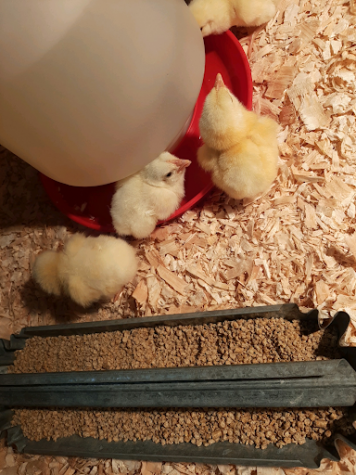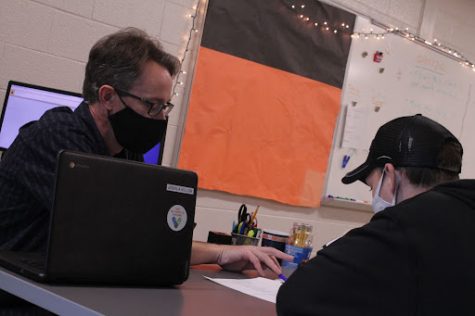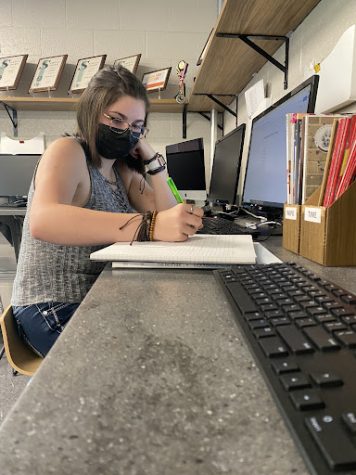Wildlife biology class investigates air pollution
After learning that a certain type of lichen is an indicator of air pollution, seeing as it cannot survive high levels of pollution, the wildlife biology and environmental science class took up an experiment studying the tolerance of this species of lichen.
“This is just a study to find out a small indication of what our air quality is around here. There are a lot of studies showing that if you are by a main roadway, which a lot of schools are, the air quality is getting worse and worse, which is why we’re seeing increases in asthma rates and conditions like that,” the teacher Hannah Reyes said.
The class divided up into groups to develop their projects in one of two ways: either determining where lichen grows best and in what conditions or testing the effect air pollution has on lichen growth.
Seniors Katelyn Meitz and Tori Shepherd placed tree bark containing lichen into tubs in the teacher parking lot, student parking lot and in their classroom while also observing a tree with lichen.
They chose parking lots under the presumption that more car exhaust would be emitted as students, parents and staff drive in and out of the school.
“Our hypothesis is that the lichen will die when away from the tree and near to air pollution,” Meitz said.
In such a short amount of time, they have not seen any immediate results, but the experiment is expected to run until just before the end of the school year.
To conclude the experiment, the class is taking a trip to the zoo in late May where they will be comparing the lichen on the trees in the zoo with the ones near the school to see if the lichen grows better there.








